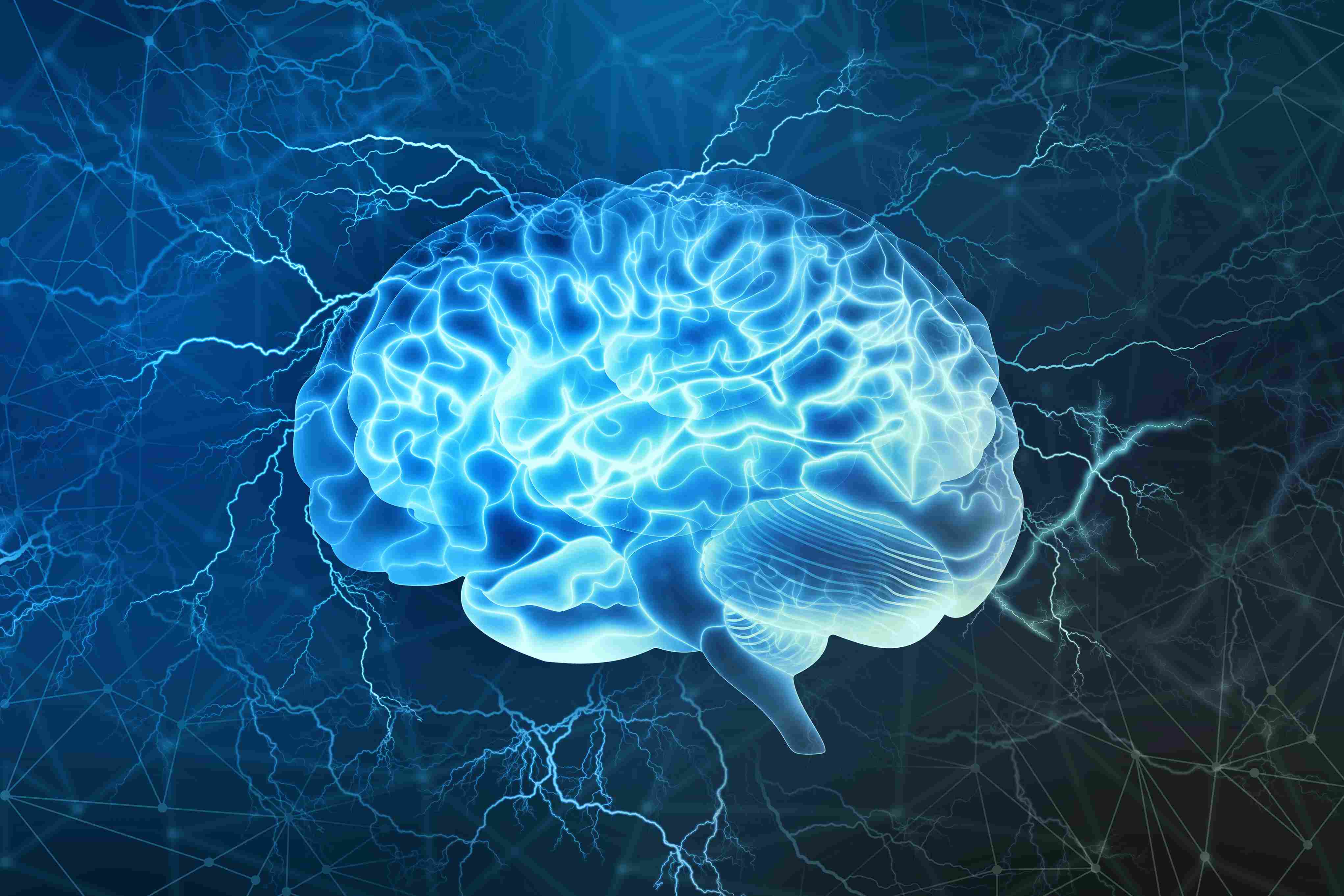Subarachnoid Hemorrhage: Symptoms, Causes, Diagnosis and Treatment

A life-threatening kind of stroke, subarachnoid hemorrhage (SAH), is caused by bleeding into the area around the brain. A ruptured aneurysm, an AVM, or a head injury can all cause it. A ruptured cerebral aneurysm is the most prevalent cause of subarachnoid hemorrhage (SAH). A bulging, weak region in the wall of an artery supplying blood to the brain is known as a brain (cerebral) aneurysm. Depending upon the severity of hemorrhage, there is chance of brain damage or even loss of life.
What are the causes of brain aneurysm and its rupture?
The causes of cerebral aneurysms are not known, aneurysms of the cerebral vessels are not congenital but almost invariably develop during the course of life, usually after the second decade. People who have a family history of brain aneurysms are more likely to have aneurysms as compared to those who don’t.
- Gender: Women are more likely to develop a brain aneurysm or to suffer a Subarachnoid hemorrhage (SAH).
- Hypertension: The risk of Subarachnoid hemorrhage (SAH) is greater in people with a history of high blood pressure.
- Smoking: In addition to being a cause of hypertension, the use of cigarettes may greatly increase the chances of an aneurysm.
What are the symptoms?
Following are the symptoms of brain aneurysms:
- Sudden onset of a severe headache
- Nausea and vomiting
- Stiff neck
- Blurred or double vision
- Sensitivity to light
- Loss of consciousness
- Seizures
How is brain aneurysm diagnosed?
Usually, a brain aneurysm is diagnosed using an MRI scan and angiography (MRA), or a CT scan and angiography (CTA).
- Computed Tomography (CT) is especially useful to detect early hemorrhage (bleeding) in or around the brain. Early bleed appear hyperdense (white) on plain CT. CTA (CT Angiography) provides the pictures of blood vessels and is used to detect aneurysm.
- Magnetic Resonance Imaging (MRI) scan and MRA (Magnetic Resonance Angiogram) CT may be normal, if done after few days of headache. In those cases MRI is helpful to detect subarachnoid hemorrhage (SAH). An MRA is the same non-invasive study as CTA, which examines the blood vessels.
- A lumbar puncture is an invasive technique that involves inserting a hollow needle into the spinal canal's subarachnoid area to detect blood in the cerebrospinal fluid (CSF).
- Diagnostic cerebral vessel angiography is a gold standard test of blood vessels. It is similar to heart angiography. It is a procedure in which a catheter is inserted into an artery through the leg vessels (formal artery) and passed through internally into the blood vessels of the neck. Once the catheter is in place, contrast dye is injected and X-Ray images are taken. It is a painless and a very safe procedure.
How is brain aneurysm treated?
- Your doctor will consider several factors before deciding the best treatment for the patient.
- Various factors that will determine the type of treatment including age of the patient, morphology of aneurysm, any additional risk factors and overall health of the patient.
Management includes:
- Treatment to prevent re-bleeding.
- Intensive care monitoring to maintain breathing and vital functions (such as blood pressure).
- Monitor for vasospasm (narrowing of blood vessels of the brain), infection and hydrocephalous (increase in brain fluid).
- Prolong hospitalization and rehabilitation (depending on the neurological condition of the patient).
Types of treatments to prevent re-bleeding:
There are two types of treatments to prevent re-bleeding including:
- Surgical clipping: It is a procedure in which a small metal clip is used to obstruct blood flow into the aneurysm. General anesthesia is given and then a craniotomy (surgical removal of a portion of the skull) is performed to create an opening in the skull to reach the aneurysm in the brain. The clip is placed on the neck (opening) of the aneurysm to obstruct the flow of the blood, and remains inside the brain. A neurosurgeon performs the procedure.
- Endovascular coiling: It is a less invasive way to treat an aneurysm. Over the last decade, endovascular coiling of aneurysms has largely replaced surgical/clipping as the intervention of choice for the prevention of re-bleeding.
Flow divertor treatment for aneurysm
Indications for flow divertor placement is acutely ruptured aneurysm are the growing blister and complex giant and dissecting aneurysm. It is a device which redirects the flow away from the aneurysm and promotes neointimisation i.e reformation of a new layer of vessel wall at the neck of the aneurysm thereby promoting the thrombosis of aneurysm. As it also requires preoperative loading dose of antiplatelet medication (blood thinner medication) there is a slightly higher risk than usual aneurysm coiling.
When to contact doctor after the treatment?
In case of any problem like:
- Sudden numbness or weakness of the face, arm or leg, especially on one side.
- Sudden confusion, trouble speaking or understanding.
- Sudden trouble seeing.
- Sudden trouble walking, dizziness, loss of balance or coordination.
- Sudden severe headache with no known cause.
Recovery
- SAH is a life threatening disease but if timely management is done and there are no brain damages, patient recovers well and leads a normal life.
- Final recovery varies from patient and is largely dependent on the severity of the initial SAH and the extent of the vasospasm reaction.
- SAH patients may suffer short-term and/or long-term deficits as a result of the bleed or the treatment.
- Common problems faced by patients following brain injury include physical limitations with difficulties with thinking and memory. Some of these deficits may disappear over time with healing and therapy.
- The recovery process is long, and it may take weeks, months, or years for the patient to regain function.
Follow up
Patient will require clinical follow-up in OPD after 7 days and 1 month. It is required to check angiography of cerebral vessels in 6 months/1 year depending upon the angiographic results.




